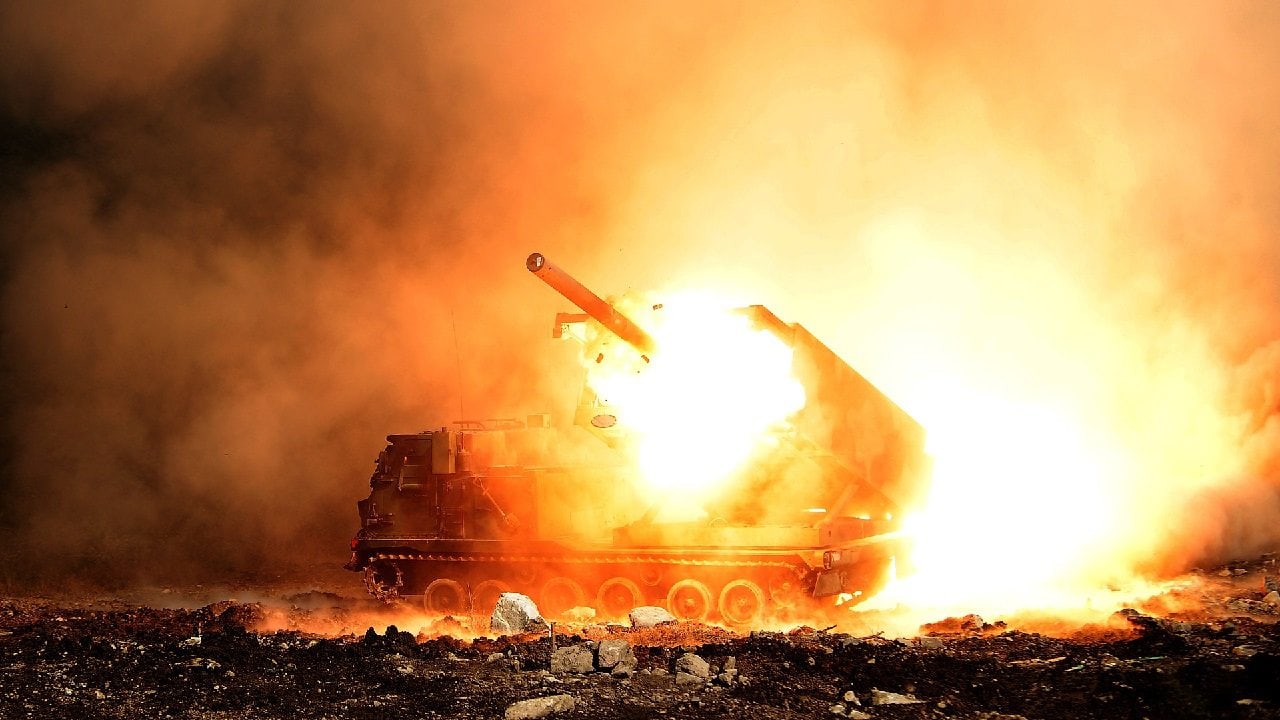More details are coming to light about the make and model of the Ukrainian drones that carried out attacks on vital Russian air bases inside the country’s borders on December 5.
It appears the drones were not something like the modern Turkish-made Bayraktar TB2 that has raised pulses in Russia for months during the war. Instead, the drones used were reportedly Soviet-era unmanned relics that had prior use as photo-reconnaissance crafts during the Cold War.
What Did You Say That Drone Was?
Ukraine converted a Tupolev Tu-141 into a combat drone that dropped bombs on Russian air force installations hundreds of miles inside the country. Ukraine transformed the Tu-141 into an unmanned bomber using its own defense industry and somehow the old platform worked to punish Russia. This conversion was a master stroke by ingenious Ukrainian engineers who not only achieved flight for an old and discarded platform, but they successfully executed a daring combat mission.
The Strizh Defies Expectations
The jet-powered Tu-141 drone is only operated by Ukraine. It is not very sophisticated, but it is now combat-effective. Nicknamed the “Strizh,” meaning “Swift,” it will win no records for stealthiness or speed. The drone is a loud, buzzing craft that somehow made it past Russian air defenses. The Tu-141 is not really a full-fledged drone despite being unmanned. It is more of a cruise missile for recon purposes. It is launched from a trailer and can only fly one course and then it flies back and is recovered by parachute. But if left intact after its mission, it can readily fly again.
Oldie But Goodie
The 47-foot-long Tu-141 was first used in 1974 by the Soviet Union. It has a range of about 650 miles. The Strizh was sometimes utilized as a target drone for training purposes, so it is surprising it has played a tactical role in the current war. It flew from the late 1970s until 1989. The Soviets produced about 142 Tu-141s. The Strizh was never supposed to be armed and it isn’t clear how Ukraine achieved fastening bombs to its fuselage or what kind of munitions it carried. But somehow it worked, and it is another example of how resourceful and smart the Ukrainians have been during the war.
It Acts Like a Cruise Missile
The Strizh has the shape of a winged missile or cruise missile. It is powered by a Tumansky KR-17A engine with 4,409 pounds of thrust. It gets its initial propulsion off the launcher with a solid-fueled booster. The drone missile can travel at 600 miles per hour.
Hidden Gem
The Tu-141s were in storage in warehouses before the war. Ukrainian engineers dusted off the cobwebs when taking inventory of surplus military hardware after the Russian annexation of Crimea in 2014. They were probably not impressed at first, but one person’s trash is another person’s treasure.
Tu-141s Surprised Russia
The great thing about the Tu-141 is that it can fly as high as 20,000 feet or it can cruise low to hug the earth. Ukraine likely used the low flight capability to evade Russia’s surface-to-air missiles that protected the air bases. The bombs from the Tu-141 supposedly damaged nuclear-capable Russian bombers. So, the occupiers were surprised and alarmed about the attacks, even though they said at first the Ukrainian attacks caused little damage, in an effort to save face. But the Russian defense ministry finally admitted that the strikes killed three Russians and damaged two Tu-195 bombers.
What Will Ukraine Think of Next?
What will Ukraine do next with its drone program?
The Tu-141 worked once, could it work again? Russia is probably taking a closer look at the air defenses around its bases to make sure nothing more can sneak past. And the Tu-141 is not really advanced enough to evade radar, but you have to hand it to Ukraine for winning another cost-effective drone battle against Russia.
The generals have to be shaking their heads and are worrying about what disaster could happen next as Ukrainian technicians ready the defenders for another surprise for Russia achieved at bargain-basement prices.
Expert Biography: Serving as 19FortyFive’s Defense and National Security Editor, Dr. Brent M. Eastwood is the author of Humans, Machines, and Data: Future Trends in Warfare. He is an Emerging Threats expert and former U.S. Army Infantry officer. You can follow him on Twitter @BMEastwood. He holds a Ph.D. in Political Science and Foreign Policy/ International Relations.

